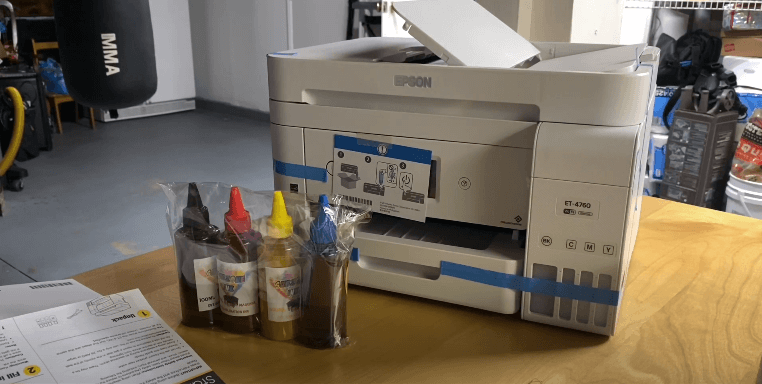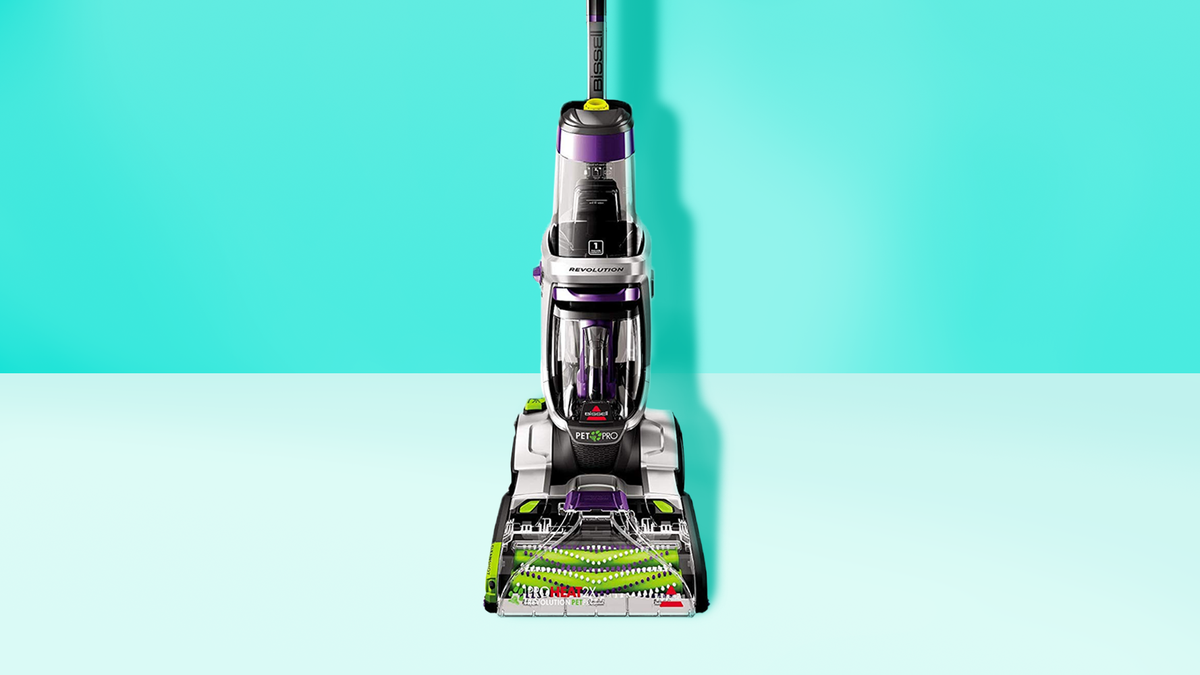Introduction:
In today's digital age, keyboards have become an essential tool for communication and productivity. However, off-the-shelf keyboards often lack the personal touch that many individuals desire. Building your own custom keyboard allows you to create a typing experience tailored to your preferences and style. In this article, we will guide you through the process of making your own custom keyboard, from choosing the components to assembling the final product.Step 1:
Define Your Requirements: Before diving into the world of custom keyboards, it's important to understand your needs and preferences. Consider factors such as keyboard size, layout, key switches, keycaps, and programmability. Are you a gamer looking for a compact keyboard with tactile switches, or a programmer seeking a full-sized board with customizable macros? Understanding your requirements will help you make informed decisions throughout the build process.Step 2:
Choose Your Components: The heart of any custom keyboard is its components. Here are some key elements to consider:- PCB (Printed Circuit Board): The PCB serves as the backbone of your keyboard, connecting all the key switches and electronics. Choose a PCB that matches your desired layout and supports the features you want, such as RGB lighting or programmability.
- Key Switches: Key switches determine the feel and sound of your keyboard. Mechanical switches are popular for their tactile feedback and durability. Common switch options include Cherry MX, Gateron, and Kailh. Try out different switches to find the ones that suit your typing style.
- Keycaps: Keycaps are the visible part of the keyboard and add personality to your creation. They come in various materials, such as ABS plastic, PBT plastic, or even artisan keycaps made by talented artisans. Select keycaps that match your aesthetic preferences and ensure compatibility with your chosen switches.
- Case: The case provides structural support and protects the internal components. It comes in different materials like aluminum, plastic, or wood. Choose a case that fits your desired layout and complements your overall design.
Step 3:
Assembly and Programming: Once you have gathered your components, it's time to assemble your custom keyboard. Follow these general steps:- Prepare the PCB: Solder the key switches onto the PCB according to the layout and switch spacing. Be careful to align the switches correctly.
- Mount the PCB: Place the PCB into the case, securing it with screws or standoffs. Ensure the PCB is properly aligned with the case's mounting points.
- Install Keycaps: Carefully place the keycaps onto the key switches. Ensure they are firmly seated and aligned correctly.
- Connect and Test: Connect the keyboard to your computer via a USB cable. Test each key to ensure they register correctly. If your PCB supports programmability, you can customize the key assignments, macros, and RGB lighting effects using configuration software or firmware.








